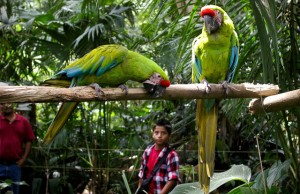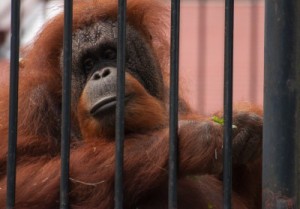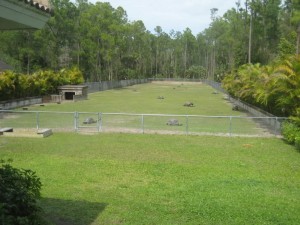
Our human needs must stop killing the wildlife around us.
Question: what happens when the human population increases so rapidly, there isn’t enough food or energy resources to go around?
Answer: we take away the land around us and use it for human needs. We destroy the wildlife around us, and we don’t seem to care.
We do it anyway.
Taking Over
Humans have taken over this planet, and we are pushing the wildlife out of their natural habitats – on the land and in the sea. We build housing communities, malls, highway systems, movie theaters, and power plants anywhere we can.
Radiation from spent nuclear power plants seeps into the ocean, and we dump barrels of trash and war weapons into the depths of the sea.

Humans build anywhere they can, and they destroy the wildlife around them.
This isn’t news, though. “Taking over” has been happening for thousands of years.
The more technological we humans become, the worse it gets. One day, the plethora of wildlife will only be seen in history books. I’m not sure if I want to be here when that happens. If we don’t take control of our human domination, NOW, this will be our planet’s final fate.
… if Mother Nature doesn’t push us back, that is.
youtube
Check out this awesome youtube video from the North Texas Tortoise Sanctuary http://www.youtube.com/watch?v=cxv9fSIIXNw. I am on the Board of the NTTS, and I am also the on-sight Curator. The music for this video was done by one of our Directors, Chad Cook, with Stephen Arnold Music.

We can’t wait any longer to make the changes needed to save all life on our planet. The devastation must stop today.
Lots To Do
There has been too much damage already done to our planet’s wildlife, and too many species have been destroyed at the hands of humans. It gets overwhelming when you think about the number of species humans have destroyed. The key to reversing this devastation is to stop – just stop.
We don’t need more laws. We don’t need more debate. We need to take our compassionate power back.
Humans are smart enough to know how to continue living on this planet in more natural ways.
Human beings are smart enough to design ways to back out of this holocaust.
The influences of power are more fragile than you think – if 1% of the population is at the root of this disgrace, then the 99% remaining can surely take over and STOP this run-away-train.
Think about taking action NOW, before it’s too late.





